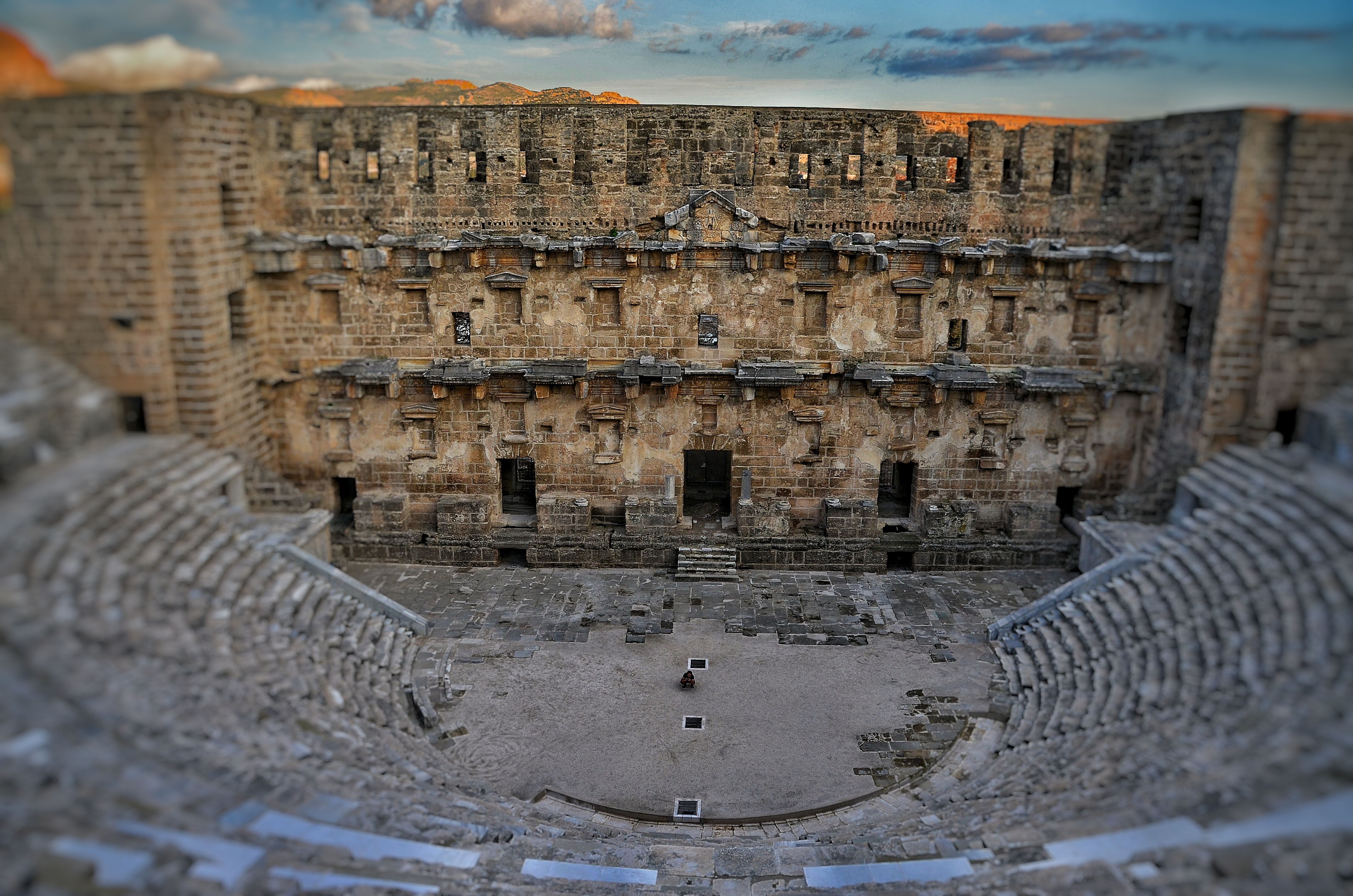
Various pundits have tried to compare the fall of the Roman Empire to the apparent weakening of the U.S.’s position as the world’s lone superpower. Some comparisons between the two “empires” hold up better than others. Some parallels are irrelevant, but others are downright scary.
After a brief survey of the various arguments made along the line of “As Rome went, so goes the U.S.”, here are several parallels that should make even the greatest skeptic think as s/he reflects on the future of the U.S. These fall of the Roman Empire causes have varying relevance to our situation today:
The insistence that the budget be balanced went unheeded.
Nearly four decades before the birth of Christ, Cicero said, “The budget should be balanced, public debt should be reduced, the treasury should be rebuilt, the arrogance of officialdom should be tempered and controlled, and assistance to foreign hands should be curtailed, lest Rome fall.” That sounds like a wise address given in the U.S. Senate or House of Representatives today! Many economists are making a more urgent pitch for a balanced budget at all costs, a huge reduction in public debt, and a cut on foreign spending. A good fall of the Roman Empire timeline will show that Rome fell several centuries after these words from Cicero; one wonders if a collapse of the U.S. due to an implosion of the economy would happen much more quickly, given the interdependence of economies in today’s world. United States economic data point to a $16.2 trillion deficit, a truly menacing figure that would have astounded even Cicero.
Taxes grew to excess, imposing a burden on the populace that it could no longer tolerate
The famed Emperor Nero said, “Let us tax and tax again. Let us see to it that no one owns anything!” This massive transfer of wealth from commoner to government led to hard feelings that would erupt in rebellion again and again. It also led to a mishandling of Rome’s great wealth, as emperors spent huge amounts of money of frivolous trade and entertainment. These taxes also hurt many small businesses that eventually were nationalized. Similar cries of excessive taxation erupt from many corners of U.S. society today, and the growth of the Tea Party political movement stands as proof of the outrage among American citizens regarding taxation.
The currency was devalued
Roman administrators embarked on huge spending sprees, from Nero’s urban renewal to other grandiose projects, all of which required more funds. High-cost purchases in the Orient led to a shortage of gold, which led to a seizure of gold in the empire. Eventually, wage and price controls were imposed and silver was taken out of the coinage. Widespread bartering resulted as inflation erupted, further weakening the economy. All of these steps came shortly before the fall of the great empire in 476 A.D. It is reported that some Romans welcomed their conquerors, believing that their tax burdens would be relieved under a new “administration.” As Washington opts to print more money as a way to find our way out of the most recent economic slowdown, one can foresee a day of bartering for goods and further devaluation of currency, which long ago left the gold standard behind.
Too many wars were fought on too many borders
A popular historical thesis today is that empires expand to the point of over-reach. As they are unable to keep their territorial holdings within their realm at a reasonable cost of manpower and resources, their empires begin to shrink. This was certainly a cause of Rome’s troubles. Frequent rebellions chipped away at the authority of Rome and fanned the flame of hatred for the empire, especially its brutal tax rates. The constant spending on warfare and upkeep of its massive army eventually drained the Roman coffers. The cost of America’s most recent wars has not helped the budget deficit.
High unemployment
Because of the use of slave labor, an entire segment of the Roman population did not have jobs. They obviously could not compete with slave labor on the wage scale. Many became dependent on the state for sustenance, and untold storehouses of talent and ideas went untapped as these men did not enter the workforce. An emphasis on foreign trade also inhibited the common man’s attempts to make a business work. Today, the U.S. has unusually high unemployment rates and a problem with outsourcing jobs to foreign countries at close-to-slave-labor prices.
Other constructs place the blame for Rome’s fall on moral or religious reasons. Yet, when purely economic data is analyzed, one finds a discouragingly long list of commonalities between Rome just before its fall and modern-day conditions in the United States.
A couple of recommended books for further information about the fall of the Roman Empire are Heather’s The Fall of the Roman Empire: A New History of Rome and the Barbarians and Edward Gibbons’s The History of the Decline and Fall of the Roman Empire
. Gibbons’ book is a classic, but its dense. Start with Heather.
